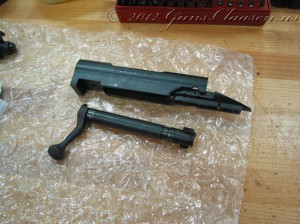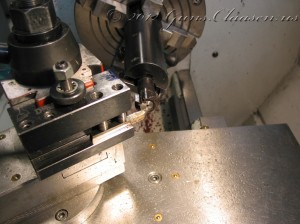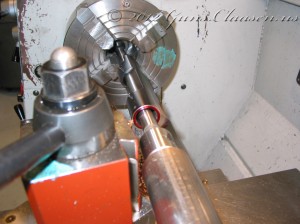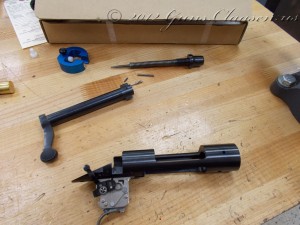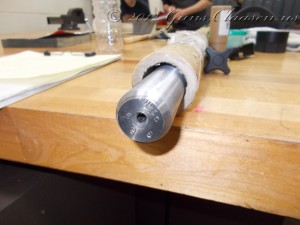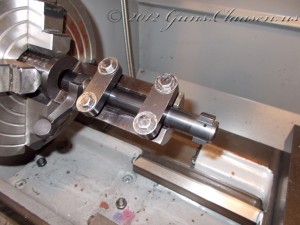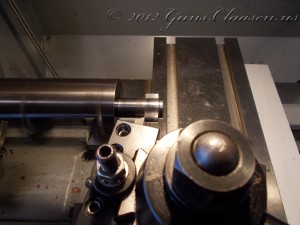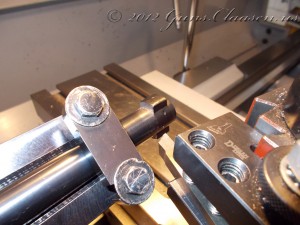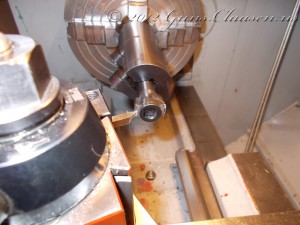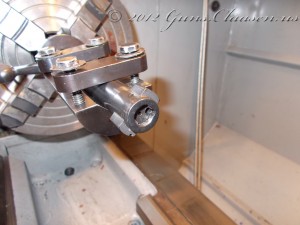Posts Tagged ‘blueprinting’
 FN SPR project: Blueprinting
FN SPR project: Blueprinting
It is time to talk and show some of the work I have done on my third (required) project this semester. The FN Special Purpose Rifle (SPR) is essentially a pre-64 Winchester 70 action. We managed to get a good group deal on these and I ended up buying 2 of these. One (this one) I will keep as a complete rifle as it will be part of my portfolio. At some stage, I will complete the second rifle and sell it. I will chamber this rifle in .243 Winchester and I will make a laminate stock for it.
As with the Mauser and Remington projects, I start by blueprinting the bolt and receiver. I trued the bolt face first.
I also had to true the bolt lugs. No picture of that but the process is the same as for the Mauser bolt. I then trued the front of the receiver.
The only other step needed on the bolt and receiver was to lap the bolt to make sure there is full contact between the bolt lugs and the receiver. In my next post I will show the process of cutting and chambering the barrel.

